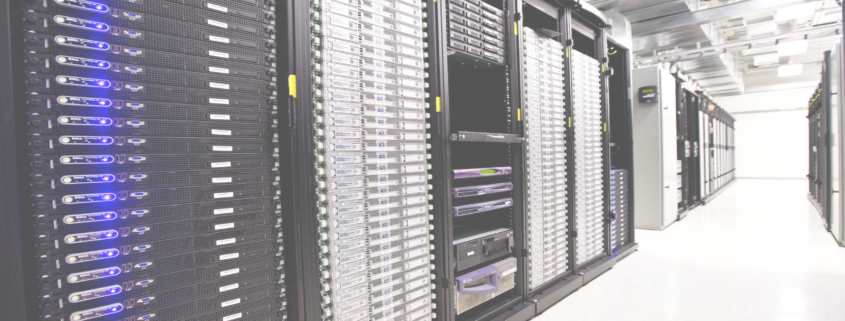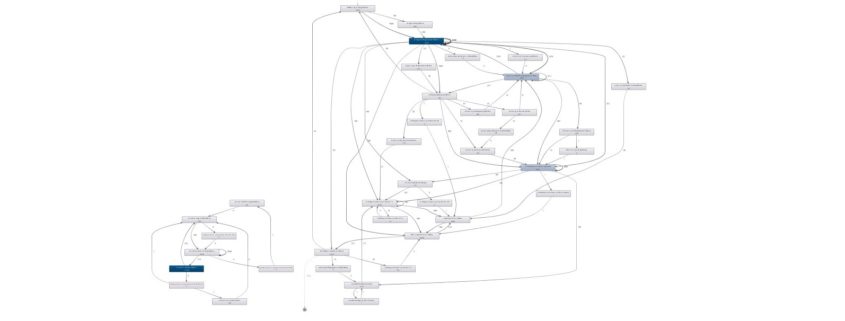Data Science Security Hacks
It would blow your mind if you had exposure to all the information available on the internet. The science behind it is very demanding. It could explain why there is such an explosion of intelligent systems. People come in with different skill sets, including math, data analysis, statistics, and programming, to name a few.
They all use very orthodox methods in their approach to data science. But, we have people with hacker mindsets who think out of the box. You will find them using security hacks to circumvent the scientific approach to data science. Our article will explore some of the methods they use, and why you may need an SSL certificate.
Understanding Data Science
Data science is the use of different tools, machine learning principles and algorithms to shift through raw data to discover any hidden patterns. The scientist will use the information to make predictions and decisions through the use of prescriptive analytics, machine learning, and predictive analytics. They collect data from multiple sources and organize it before translating it into results.
The scientists come to their conclusions by looking at a problem from all viewpoints and asking the right questions. Many companies are using these services to make sound business decisions. You will find the use of data science in areas such as risk and fraud detection, healthcare, advertising, and even gaming.
Data Science Security Hacks
- Data Protection
Data is everything to a data scientist. However, they are always at threat of losing it due to a rise in cybersecurity threats. Online hackers are getting more daring and sophisticated and are continually coming up with new ways to access people’s information. It is, therefore, critical to protecting one’s privacy and security while on the internet.
Phishing attacks and malware are genuine threats to the digital space. SSL certificates provide data security because it protects the user from unwanted third party tampering. You can find many types of SSL certificates like single domain, Code Signing certificate, multi-domain SSL, etc.
- Having the Mindset of a Hacker
A typical scientific mindset is to build models, train, plot graphs, and analyze the different attributes to come up with a solution. The mindset of a hacker is very different from that of a scientist. They focus more on finding Solutions using simple methods.
While the data scientists use so many various components to a problem, the hacker works at eliminating complexity to come up with a solution. The hacker mindset is, therefore, freer, because the confines of the scientific mind do not bound them.
- Data Cleaning Techniques
There are tons of raw data that data scientists have to work with. Once they collect it, it has to go through the process of cleaning. It is a very complex process because scientists will be working with unstructured data. It is, however, a critical component of data science because scientists will have to extract what they need.
They are then able to process the data and structure it into usable data that will yield the required outcome. One of the ways of achieving the best results might be to use the most straightforward models available. The sophisticated tools do not always give the desired results. Even if they do, they may make the process more tedious and time-consuming than necessary.
- The Learning Never Ends
In the field of data science, look at it more like a journey, and not a process to get to a destination. They must, therefore, always learn because the domain is vast, and there is new information coming in every day. It is in the process of learning that they can come up with more intelligent models for use within the field. They keep abreast of the latest innovations and technologies, which they can use in their daily problem-solving processes.
The online platform has so much information for anyone interested in developing their skill sets. You do not need to go to a classroom to stay up-to-date with what is happening. You can get information online. The data scientists also share their knowledge in different forums or platforms, thereby providing invaluable resources to fellow practitioners.
- Knowledge of Domains
One of the critical steps data scientists take is to understand precisely what it is they are working with. If, for example, they are working in the agricultural field, they have to follow the industry to understand any data they collect. It would be unreasonable to expect the scientist to give useful insights and analysis without understanding the industry.
Domain knowledge is, therefore, a critical element of data science. With proper understanding, we can expect a better output from the scientists. Those in the industry can then apply the findings within their relevant areas for better productivity.
- Cheat Sheets Hacks
Data Science is not a simple field, and you get to learn so much every day. Unless you have one of those super memories, it will be hard to remember everything. That is why data scientists have cheat sheets. There are many such cheat sheets online for anyone who needs one.
Final Thoughts
Data science continues to gain relevance in different fields, and it will continue to grow due to the demand from various industries. It is already very critical in areas such as health care, fraud detection, and agriculture, to name a few. The most vital data security hack for a data scientist is the Installation of an SSL certificate. It will protect from hackers while on the internet. It would be a pity to lose all the data to cybercriminals because of a hack that is simple to install and inexpensive.





 Read this article in German:
Read this article in German: